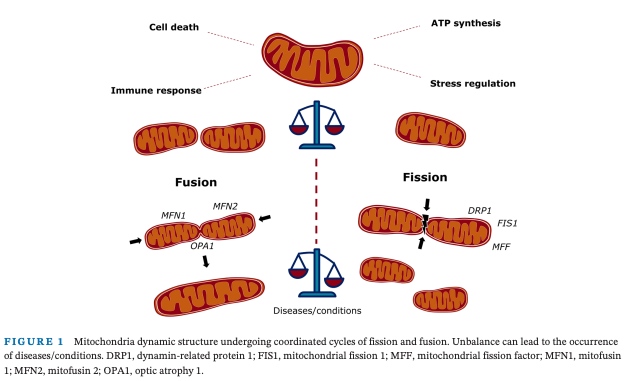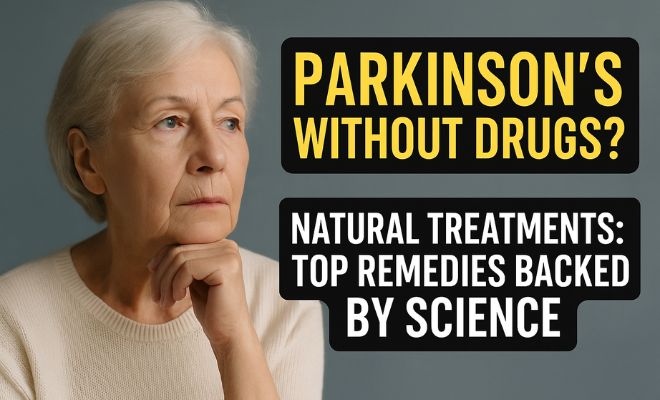Parkinson’s disease is a progressive neurodegenerative disorder caused by the gradual deterioration and death of dopamine-producing neurons in a specific area of the brain. Dopamine is a crucial neurotransmitter for regulating movement and motor symptoms, and its deficiency leads to hallmark symptoms such as tremors, muscle stiffness, bradykinesia (slowness of movement), and slowed mobility. While conventional treatment for most patients often involves lifelong medication to replenish or mimic dopamine, prolonged drug use can disrupt the endocrine system and trigger serious hormonal side effects. This raises an important question: Could there be a scientifically proven, natural treatment for parkinsons disease beyond these medications?
Parkinson’s Disease Medication and Its Side Effects
- Levodopa (L-DOPA), the most widely used Parkinson’s medication, remains a core treatment in Parkinson’s disease therapy, but long-term use causes dyskinesia (involuntary movements) in over 50% of patients (2019, Movement Disorders Journal).
- Dopamine agonists, a common Parkinson’s disease treatment, are linked to impulse control disorders, hallucinations, depression, and other psychological side effects, highlighting the complexity of Parkinson’s management.
- Parkinson’s medication can also affect the endocrine system, requiring a cautious approach in Parkinson’s therapy and long-term Parkinson’s management.
Mitochondrial Dysfunction: The Hidden Driver of Dopaminergic Cell Death
The core problem in Parkinson’s isn’t just dopamine deficiency — it’s why those neurons die. A growing body of evidence points to mitochondrial dysfunction as the root cause. Mitochondria are the power plants of cells, responsible for generating ATP (energy). As we age, oxidative stress damages mitochondrial DNA, reducing ATP production and ultimately leading to dopaminergic neuron death and Parkinsonian symptoms.
Related Article: Ways To Improve Your Mitochondrial Function
Targeting the Source: Photobiomodulation (PBM) to Restore Mitochondrial Function
If damaged mitochondria are the source of the problem, repairing them becomes a powerful therapeutic approach. Photobiomodulation (PBM) uses red and near-infrared light to stimulate cytochrome-C oxidase in mitochondria, enhancing ATP production and reversing cellular energy failure.
 How PBM Rewires Mitochondrial Function
How PBM Rewires Mitochondrial Function
PBM helps restore mitochondrial function by reducing excessive mitochondrial fragmentation and promoting fusion. This not only stabilizes cellular energy output but also protects neurons from degeneration, a key mechanism in Parkinson’s disease progression.
Related read: How Light Therapy (PBM) Rewires Your Cells To Fight Disease
Understanding the Fusion–Fission Balance
Mitochondria are not static; they are constantly reshaping themselves through two opposing processes — fusion and fission. When this balance is disrupted, cellular health suffers. Excessive fission can lead to mitochondrial fragmentation, ATP depletion, and cell death. Conversely, proper fusion supports energy efficiency and stress recovery.
The image below illustrates this balance:
- Fusion Proteins (MFN1, MFN2, OPA1):
-
-
- Help mitochondria merge, repair damage, and enhance energy production.
-
- Fission Proteins (DRP1, FIS1, MFF):
-
- Facilitate splitting, which is useful during cell division or to remove damaged mitochondria, but can become harmful when overactivated.

PBM works by downregulating fission drivers (like DRP1 and FIS1) and upregulating fusion drivers (like MFN1 and OPA1). This shifts the mitochondria toward a healthier, energy-efficient state, preventing the cascade of dysfunction that leads to neurodegeneration.
PBM boosts mitochondrial efficiency by reducing harmful mitrochondria fragmentation and encouraging healthy fusion. This stabilizes the cell’s energy production, helping protect neurons. As a result, PBM serves as an effective natural treatment for Parkinson’s disease.
| Protein | Role | After PBM | Effect |
| DRP1 | Triggers excessive mitochondrial fission (Negative) | Decreased | Inhibits fragmentation → supports energy retention and neuron survival |
| FIS1 | Supports fission via DRP1 (Negative) | Decreased | Reduces cell stress |
| MFN1 | Promotes outer membrane fusion (Positive) | Increased | Enhances energy efficiency via larger mitochondria |
| OPA1 | Stabilizes inner membrane, supports fusion (Positive) | Increased | Maintains membrane potential, improves ATP synthesis |
Trajano, F. E., et al. (2024). Does photobiomodulation alter mitochondrial dynamics?
Clinical Proof: PBM Improves Walking Speed in Parkinson’s Patients
For Parkinson’s patients, walking speed isn’t just a number — it reflects mobility, independence, and fall risk. In a 2019 RCT (Santos et al., Brain Stimulation), 35 patients received PBM therapy for 9 weeks. In the 10-meter walk test, average walking speed improved by 0.6 seconds (4.9 → 4.3 sec, p=0.001). This surpasses the minimum clinically important difference (MCID) of 0.23 m/s, marking a meaningful functional gain that patients would actually feel in daily life.
PBM at Home: HueLight’s natural treatments for parkinson’s disease
HueLight’s PBM device goes beyond the capabilities seen in clinical trials. It uses four light wavelengths — green (530nm), red (660nm), near-infrared (850nm), and (940nm) — to deeply stimulate mitochondria. Equipped with 38,880 medical-grade diodes and irradiance of 70–90 mW/cm², it offers advanced coverage. Users can select from 8 modes, including all 7 Nogier frequencies, tailoring treatment to individual needs. Most notably, it’s a Class II FDA-approved medical device, making professional-grade care accessible at home.
Conclusion – The Real Solution Lies at the Cellular Level
Parkinson’s therapy is evolving. It is no longer just about replacing dopamine but about preserving the neurons that produce it. PBM offers a drug-free approach that restores mitochondrial health, backed by clinical evidence and with no known side effects. With HueLight’s FDA-approved system, this therapy is no longer experimental. It is available now. PBM could be the natural remedies for parkinson’s disease breakthrough patients have been waiting for, helping manage rigidity, bradykinesia, and postural instability while supporting long-term neuroprotection.
PBM is no longer just an alternative. Among natural remedies for Parkinson’s disease, it stands out as a scientifically backed solution, with the potential to become the new standard in Parkinson’s natural treatment.
Related Article: Why PBM Therapy Is Gaining Attention as a Non-Drug Treatment for Parkinson’s Disease














